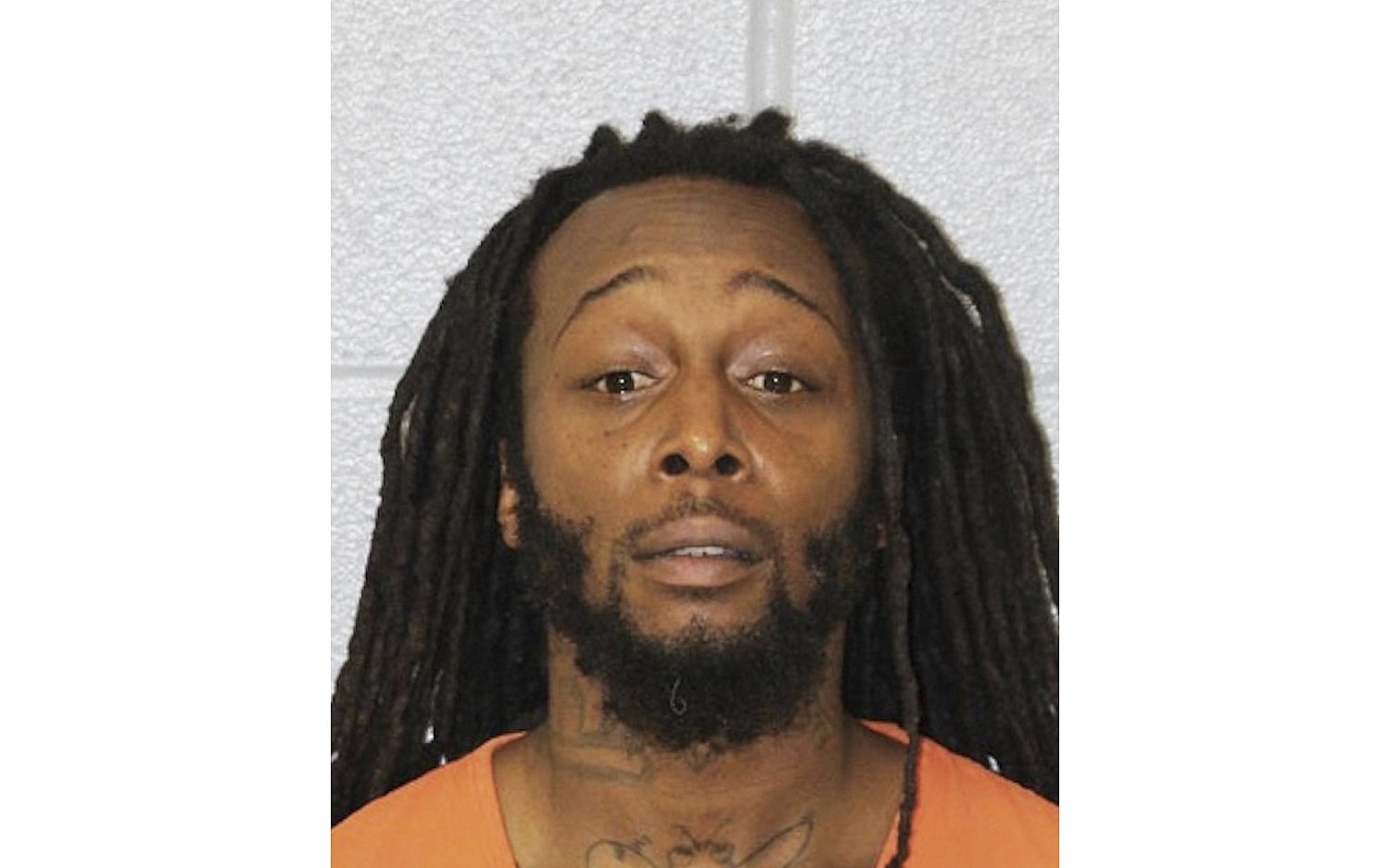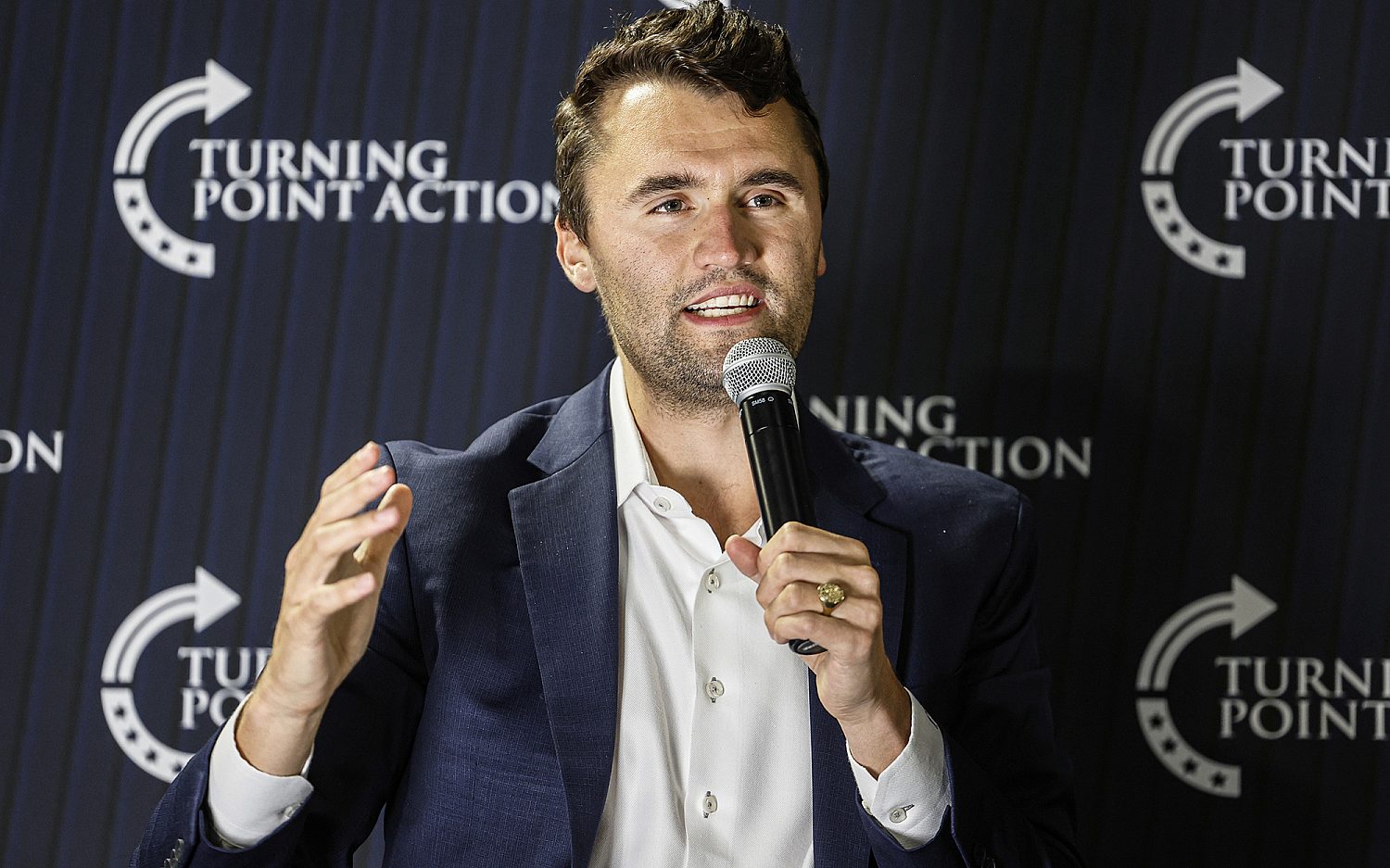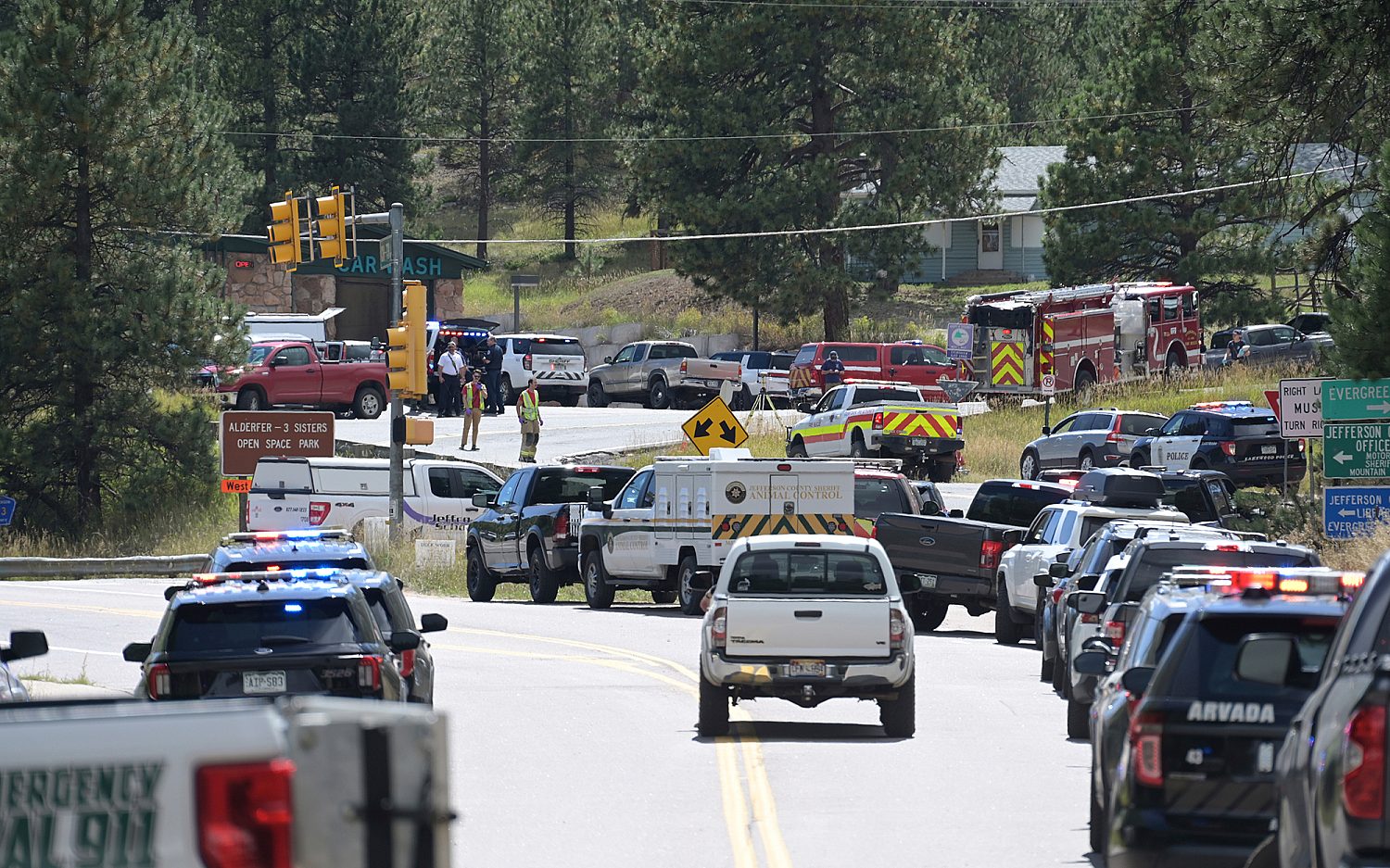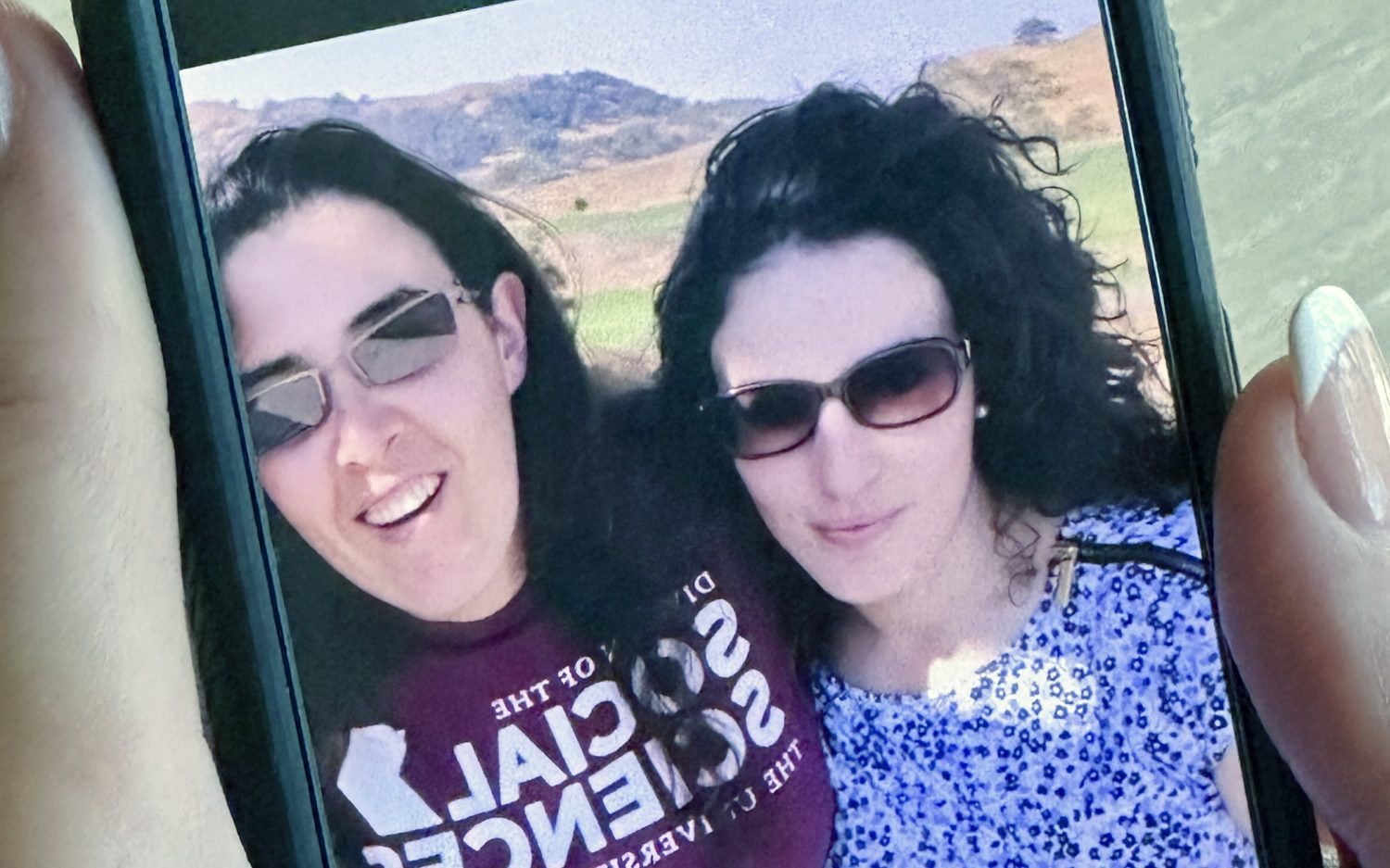Philadelphia, Chicago highlight rash of urban school closings
Dozens of pink-slipped music teachers joined some of their students Monday for a good-bye concert in Philadelphia. One musician, newly minted high school graduate Jordan Salguero from the city’s rough Kensington neighborhood, said the cello was her lifeline and the only thing that kept her in school. But in the fall, 10,000 musical instruments will collect dust in dark rooms of Philadelphia’s imploding public school system.
Philadelphia schools are so far in debt that the state has run the system for almost a decade. Thirty schools and more than 3,800 staff members—20 percent—won’t be back for the fall as the district eliminates all assistant principals, athletic and arts programs, and supervisors in cafeterias and the playgrounds.
While the $304 million debt disaster has been widely reported, a few parents and employees started a hunger strike eight days ago in front of Gov. Tom Corbett’s Philadelphia office. The hunger strikers fear for the safety of kids without supervisors and plead for state officials to intervene.
Philadelphia is not the only urban school district undergoing major changes. Chicago recently closed 50 schools, one of the biggest mass school closings in U.S. history. But Chicago’s decision is due to under-enrollment and low performance, not the budget. Chicago’s school-age population has declined more than 40 percent since 1970 as people left the city. But the city has built 84 new schools since 2000, which leaves it with a net-plus of 34 public schools, even though Chicago has 28,000 fewer public school students.
Schools are also closing in Detroit, New York, and Kansas City. Detroit closed about 70 schools in the last four years. The city’s massive population decline—more than half since its 1950s glory days—leaves it facing bankruptcy. Kansas City closed almost half its schools in 2010 due to years of students leaving for suburban districts or charter schools. New York has closed 164 schools over the past decade, but many are being split into new, smaller campuses, and others are expected to become charter schools.
In short, the recession and the economy’s transition to the technology age have caused population shifts, making historically large cities struggle. And in those high-profile cases, charter schools are playing a visible role. Charter schools are private-public hybrid experiments that introduce commercial competition into the public school sphere. Federal subsidies and tax breaks can turn downright lucrative for lenders and those who own buildings that house charter schools, though the growing commercial fight can leave the schools caught in the middle with bills.
As Philadelphia cuts back in its budgetary disaster, it’s unclear the role charters will play in the recovery. For now, the music is gone from troubled schools in neighborhoods like Salguero’s.
“Students were writing letters to the school board, and really heart-wrenching letters about how much they’ll be impacted by it,” laid-off music teacher Eric Jones said. “I was surprised, even, how deeply they felt it.”
The Associated Press contributed to this report.
An actual newsletter worth subscribing to instead of just a collection of links. —Adam
Sign up to receive The Sift email newsletter each weekday morning for the latest headlines from WORLD’s breaking news team.




Please wait while we load the latest comments...
Comments
Please register, subscribe, or log in to comment on this article.